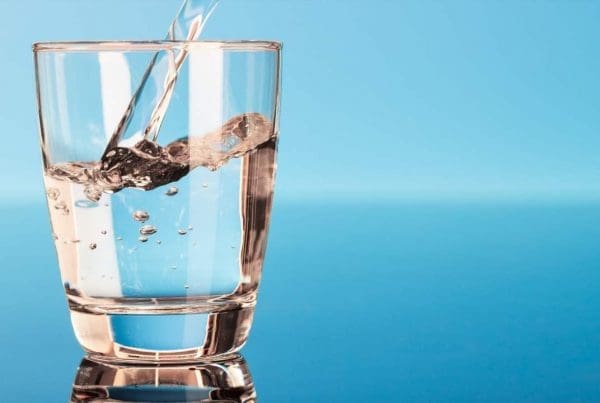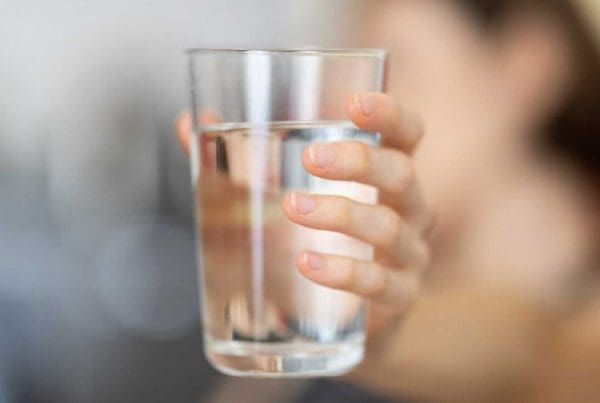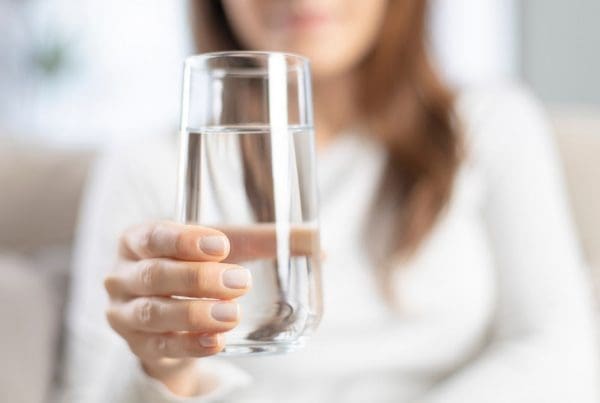The pH Level of Your Drinking Water
The pH of pure water is 7.0 on a scale from 1 (acidic) to 14 (basic). If water is the basis of all life, we should be drinking pure water with a pH of 7, right?
Let’s talk about that.
With a surge in multiple recent water trends, people have been looking for the ‘perfect’ water pH among the perfect electrolyte levels. Understanding whether or not the pH of your water matters is important.
To learn more about it, keep reading. We’re going to discuss whether or not the pH of your water matters and what scientists have found the best pH level to be.
Does the pH Level of Drinking Water Matter?
In short, the answer is yes. However, there isn’t a correct answer when discussing what the perfect pH is.
Overall, chemists and other scientific professionals have been recommending water that lies in the middle of the pH scale. This is because you want to avoid water that is too basic or too acidic.
Basic water, or water with a pH greater than 7, holds a variety of minerals that you may actually taste while you’re drinking. These include potassium, magnesium, sodium, and calcium.
To the average individual, these may seem like great minerals to ingest. In fact, these are well-known electrolytes that your body needs. However, there’s a catch.
As with most things, too much is never good. Ingesting too much of any of these minerals can be detrimental to your health. This is not to mention that the taste of basic water is bitter due to the high concentration of these minerals.
Plus, these minerals are abrasive and can actually cause clogging and other harm to your pipes as the water they’re contained in is running through.
Acidic water, or water with a pH less than 7, is just as dangerous, if not more so. The properties of acidic water allow it to hold onto the metals in your pipes, drawing in potentially toxic metals like copper, lead, and zinc to your water supply.
This mixing of dangerous metals can leave your water with a metallic or sour taste. This is not to mention the fact that the water will slowly corrode your pipes as it brushes away the metal on them.
How Does the pH Level Affect the Quality of Drinking Water?
The measure of pH in drinking water tells you what kind of minerals are present in the water and how concentrated those present minerals are. Water with a lower pH holds heavier metals, which means that there is a greater chance of toxicity. Water with a higher pH is less likely to be toxic because it cannot hold heavy metals.
The pH level of water can also tell you what the water can be used for. Obviously, water is used for more than drinking.
More acidic water (pH < 7) is used for abrasive jobs, while more basic/alkaline water (pH > 7) is found in products like bleach.
What’s the Deal With Alkaline Water?
If you’re familiar with recent water trends, you may have heard of alkaline water. Alkaline is just another word for basic. Therefore, alkaline water is basically water.
Now, before you jump to the next section, we should go over some of the benefits of alkaline water. While there are potentially harmful effects, there is a way to enjoy basic or alkaline water without incurring any detriments to your health.
As we explained before, basic water – or alkaline water – has a pH greater than 7. To reap the benefits of alkaline water, the pH should be just above 7 and nowhere near the cap of 14.
Because of its higher pH level, alkaline water is believed to have several health benefits, including the following:
- Improving metabolism
- Increasing energy levels
- Improving digestion
- Slowing the aging process
- Reducing bone loss
- Starving cancer cells
These benefits sound great, but they aren’t exactly true. There isn’t much scientific support to back these ideas. In fact, these are things that your body should be able to handle on its own.
Your body has a built-in filtration system via your kidneys. It also has a finely crafted digestive system that can handle most of what you throw at it.
You don’t need some kind of magic water to get your body to do what it was made to do.
However, if you do decide to drink alkaline water, there are a few adverse symptoms to watch out for:
- Nausea
- Vomiting
- Confusion
- Tremors in the hands
- Tingling in your arms, legs, and face
- Muscle twitching
Before moving on, we should warn you that anyone with preexisting kidney issues should not be drinking alkaline water. The effects could be fatal.
What Should the pH of Drinking Water Be?
If you’re looking for the safest choice, we recommend drinking water with a pH of 7. Based on the current scientific observations surrounding drinking water and the safest pH, it seems like it’s best for the general population to try to stay as close to a pH of 7.0 as possible.
Unfortunately, there isn’t much scientific evidence backing the effects of alkaline water on health. In addition, there are too many documented adverse effects to drinking alkaline water. It’s best to stick with water with a pH of 7 to avoid any unexpected effects.
In regards to acidic water, it’s best to steer clear. There have been documented cases where this water has been beneficial to few, but there isn’t enough evidence to support a mass move to acidic drinking water.
Plus, unless you have a pre-existing condition, your digestive system should be able to handle the different kinds of foods you eat and the different kinds of drinks you drink, no matter their respective pH values. The acid in your stomach is made to be able to break down these substances without extra help, so you shouldn’t mess with a system that is already doing well for your body.
The Environmental Protection Agency – or the EPA – recommends that drinking water remains between 6.5 and 8.5 on the pH scale. Anything to either extreme is potentially harmful and should be avoided unless cleared by a physician.
 How Much Water Should I Be Drinking?
How Much Water Should I Be Drinking?
You may not realize it, but your body is constantly losing water. Even if you just drank a gallon of water, your body is probably already in the process of using and releasing it.
Your body releases water by way of breathing, urinating, sweating, and more. Therefore, it’s important to replenish your water supply as much as you can. The more water that you give your body, the better off your body will be.
However, you don’t want to drink too much water.
According to the U.S. National Academies of Sciences, Engineering, and medicine, the average man should be ingesting 3.7 liters of water per day while the average woman should be ingesting 2.7 liters of water per day. Again, these are the averages. Some people need more, and some people need less.
Are There Any Exceptions to This Rule?
For example, someone who exercises often will need more water to make up for the fluids lost during perspiration. On the other end, someone with fluid overload may not be able to drink that much water without feeling ill.
Also, we should note that those amounts were for the average man and woman. If you’re overweight or underweight, you may need to drink a different amount of water. To base your water intake on your size, you should drink half of your body weight in ounces of water every single day.
To elaborate, this means that – if you are a woman who weighs 140 pounds – you should drink 70 ounces of water every day, which is 2.07 liters of water. Notice how this is different from the 2.7 liters of water recommended for the average woman.
If you follow this way of calculating your water needs, you’ll come closer to hydrating your body the way that it needs to be hydrated. It makes sense that a person who weighs more would need to take in more water. They are functioning with more cells, more tissue, and more fluids.
Therefore, they need to have more water to sustain and power these functions.
Likewise, a person who weighs less doesn’t need to take in as much water because they have fewer cells, fewer tissues, and less fluid. Their body runs fewer processes as a result and doesn’t need to replace as much fluid loss.
How Do I Test the pH Level of My Drinking Water?
If you’re looking to test the pH level of your drinking water and find out whether your water has unwanted and harmful minerals, you need our free water analysis. This is a no-cost, no-obligation opportunity for you to check the quality of your family’s drinking water. One of our professionals stays with you for around 30 to 45 minutes to answer any and all questions you may have after they finish testing your water supply.
This is important! You need quality water to keep your family members at their best. If you have any questions about this offer, feel free to contact us.





